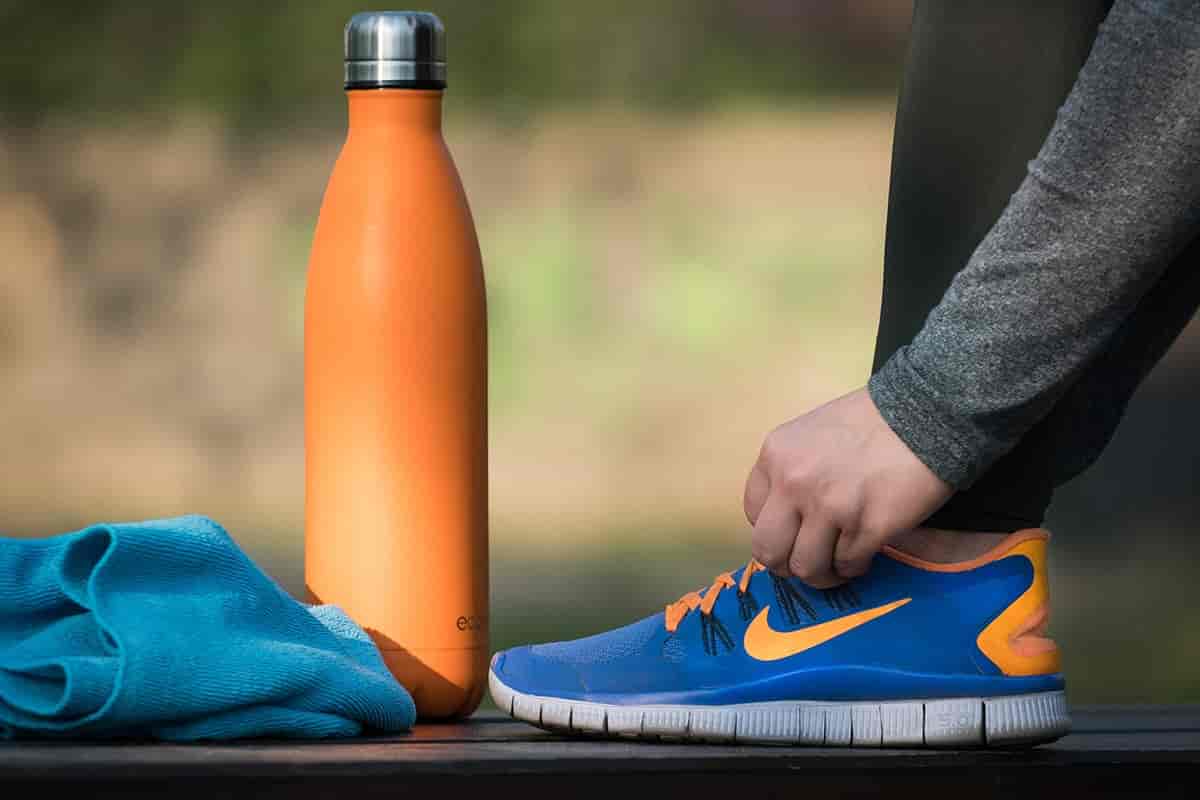Keep Your Balance in Shape for Healthy Aging

Balance starts to decline rapidly starting in your 50s, increasing your risk of falls and fractures as well as decreasing your independence. But—like muscle strength and cardiovascular fitness—your balance is something that doesn’t have to decrease with age.
Balance Is a Partnership Between Body Systems
Your balancing ability is an interaction between your muscle strength and coordination, mobility, and proprioception. Proprioception is your body’s ability to know where your body is in space based on your vision, vestibular system (in the inner ear) and receptors located in your joints.
Close your eyes and let someone move your arm into a position of their choice. Proprioception is how you know exactly where your arm is and what shape it’s in, without seeing it or moving it there yourself.
Balance Is a Key Factor in Healthy Aging
While balance doesn’t directly influence your risk of cardiovascular disease, diabetes or osteoporosis, it is a major factor in your health and independence with age. If you begin to feel unsteady, you will naturally start to move less—which further erodes your sense of balance and leads to less movement and independence.
Research suggests that poor balance—independent of any chronic disease—is a risk factor for death in middle-aged and older people. A 2022 study showed that people over 50 who couldn’t stand on one leg for 10 seconds were nearly twice as likely to die for any reason within the next decade.
Falls are the leading cause of injury-related deaths in American adults older than 65. The routines that you establish now, and continue into the future as you age, can significantly improve your balance and decrease your risk of falls.
Assess Your Balance
Like any other aspect of fitness, exercise is the best way to maintain and increase your balance. Assessing your starting balance is an important first step.
Make sure to do these tests in a safe environment with a helper as needed. If you lose your balance, you should be able to grab onto something sturdy and not run into any furniture or loose rugs.
Single leg stance
- See how long you can stand on one foot with no hand support. Try again with your eyes closed for more challenge. Make sure to test both sides.
- Average stance time for women age 40-60 is 35-40 seconds with eyes open and 5-8 seconds with eyes closed.
Tandem stance
- Place one foot directly in front of the other, heel touching toes (tandem stance). Make sure to test both sides.
- The inability to hold this position for more than 10 seconds is linked to an increased risk of falls.
Train Your Balance
Your sense of balance is cultivated and maintained through movement that trains several body systems. The more you move in varied ways, the better balance you’ll build and the more you will maintain. Like other aspects of fitness, you use it or lose it.
If your balance is good now, there’s no need to follow a special balance program to maintain or even improve it. However, it’s one more reason to commit to a regular strength training program.
A review of available research found that following a traditional moderate to high-intensity strength training program significantly improved balance in both adults and older adults. Strength training improves muscle strength and joint mobility while challenging your stability in both symmetrical and asymmetrical positions.
Research is more limited about exercise options like yoga, Pilates, and dance, but studies suggest that they can also positively affect balance.
Your best insurance against balance loss is to engage in regular exercise that challenges your strength and stability in multiple planes of motion. If your balance is already limited based on single leg or tandem stance tests, a rehab professional like a vestibular or neurological physical therapy specialist can evaluate your balance and develop a personalized treatment plan.
Sign up for more unique women’s health content
By submitting this form, you agree to the Lisa Health Privacy Policy and Terms of Use


